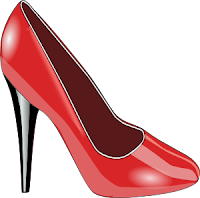Indigenous Groups of the Pacific and Afrocolombian Influence

Although the largest portion of the population on the Pacific Coast is of African descent (approximately 700,000 rural afrocolombian farmers), there are still large groups of indigenous peoples all along the coast. The largest group is the EMBERA (40,000), followed by the AWÁ (10,000), the WAUNANA (7,000), and the KUNA (600) native peoples.
The native peoples accepted the afrocolombian encroachment much more readily than that of the white man. There has been some, though not much, mixing of the races and the children of afrocolombian and indigenous people are called Zambos. They make up approximately 2 1/2 -3% of the population.
In a book by Javier Ocampo Lopez (a professor at the UPTC in Tunja), I found an Embera legend about the origin of race that I thought might be interesting to share to close out this week.
According to the group of Embera Indians known as the Catios, who live in Choco, there exists the god EUANDAMA, whose body is that of the sun. Euandama married the moon and they had many, many children -- all of whom were black. Together with the children, they all went to the Bahia Solano on Colombia's Pacific coast. There, Euandama created a large lagoon and filled it with milk. Then, all of the children were ordered to bathe in the lagoon. Those who arrived first found that their skin became white (the Spanish). Those who arrived a bit more slowly found that there was not much milk left and ended up with a brownish skin (the Indigenous people). The last group to arrive had not hurried enough and there was just a little milk left in puddles at the bottom of the lagoon. So, there was only enough for them to wash their hands and feet, which were left more white than the rest of their bodies (those of African descent).
Population statistics:
http://assets.survivalinternational.org/static/files/related_material/46_63_145_emberabg.pdf

Comments